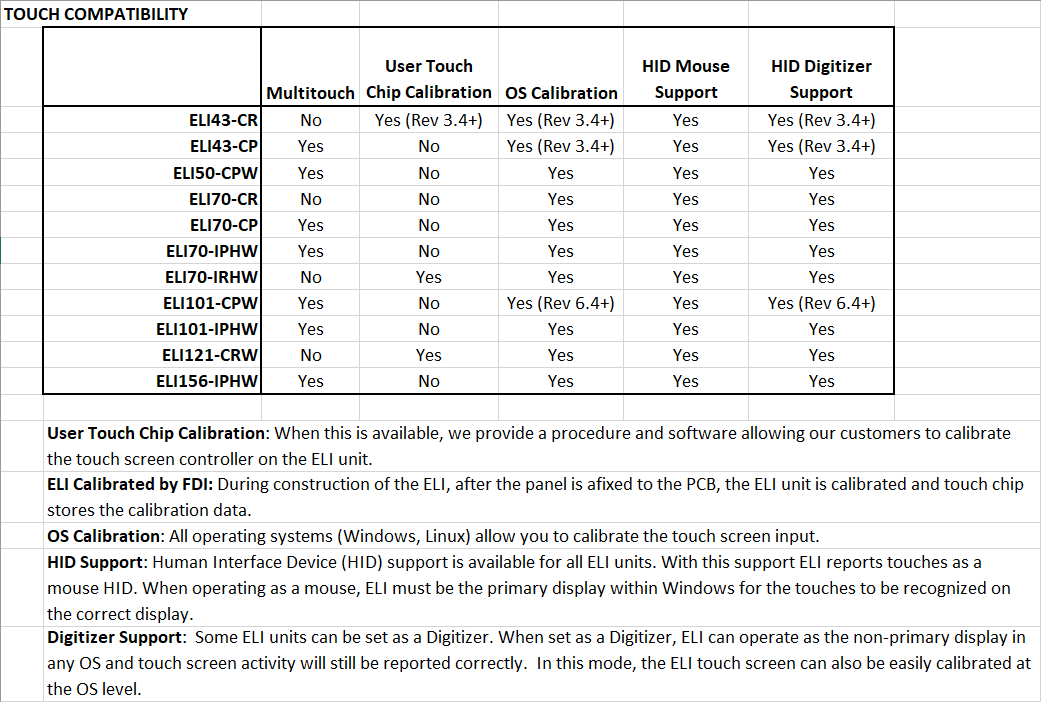To share your experience using EDID with our ELI jump to the ELI Compatibility Report Form below.
Extended Display Identification Data, or EDID, is the data structure passed from a display screen to a device’s video source. EDID works by informing a device to display images with consideration of the screen size, display resolutions and power mode. To further explain, take the example of a desktop computer and monitor (like the one you might use at work).
Most, if not all, computers contain a video source and a desktop monitor. Typically desktop monitors supports resolutions of 800 x 600, 1024 x 768, or 1920 x 1080. Once power is supplied from a computer to a monitor through an HDMI cable, the monitor sends information including display resolutions, low power modes, signal timing and refresh rates to the video source within the computer. This response of information gives the computer everything it needs to communicate and control the monitor and begin the display of images on the monitor’s screen. This data that is passed to the video source is EDID.
A broader explanation of EDID is available on Wikipedia here: EDID on Wikipedia.



